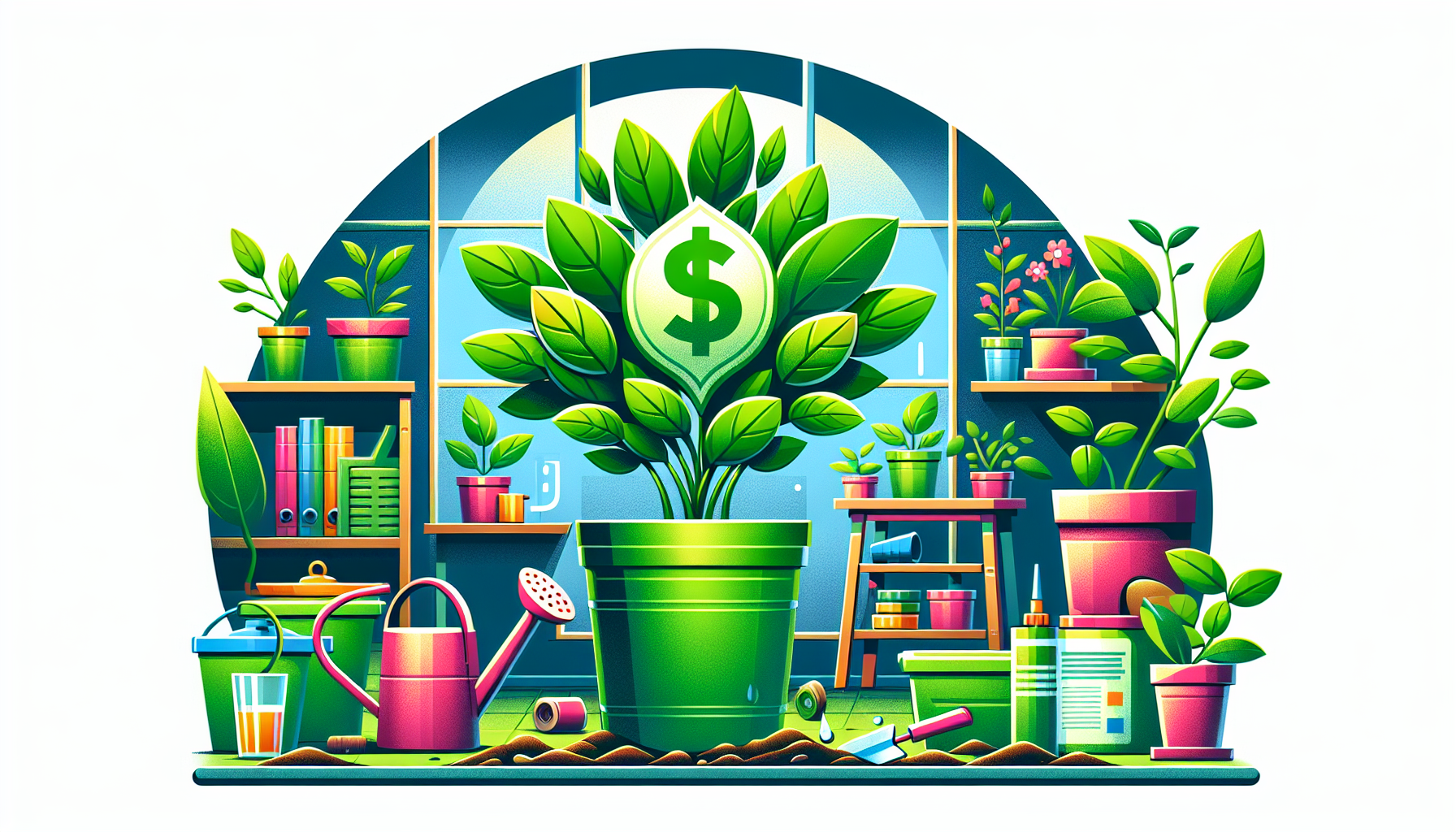Money plants, scientifically known as Pachira aquatica or commonly referred to as a money tree, are popular indoor plants due to their easy care and ability to thrive in a variety of conditions. These plants are believed to bring good luck and fortune according to the principles of feng shui, making them a popular choice for home and office décor. To ensure your money plant stays healthy and vibrant, here are some essential tips and guidelines for caring for it:
1. Light:
Money plants prefer bright, indirect light, but they can also tolerate low light conditions. Place your money plant near a window where it can receive filtered sunlight. Be cautious of direct sunlight as it can scorch the leaves.
2. Watering:
Water your money plant thoroughly whenever the top inch of the soil feels dry to the touch. Ensure proper drainage to prevent waterlogging, as this can lead to root rot. During winter months, reduce watering frequency as the plant’s growth slows down.
3. Temperature and Humidity:
Money plants thrive in average room temperatures between 15-25°C (60-75°F). They also prefer moderate humidity levels. To increase humidity, you can mist the plant occasionally or place a tray of water near the plant.
4. Soil and Fertilization:
Use well-draining potting soil for your money plant to prevent water accumulation. You can fertilize your plant with a balanced liquid fertilizer once a month during the growing season (spring and summer). Avoid over-fertilizing, as this can lead to salt buildup in the soil.
5. Pruning and Maintenance:
Regularly prune your money plant to maintain its shape and promote healthy growth. Remove any yellowing or dead leaves to prevent the spread of disease. You can also propagate your money plant through stem cuttings placed in water or soil.
6. Pests and Diseases:
Monitor your money plant regularly for common pests such as spider mites, mealybugs, and aphids. Wipe the leaves with a damp cloth or use insecticidal soap to control pest infestations. Ensure good air circulation around the plant to prevent fungal diseases.
7. Repotting:
As your money plant grows, you may need to repot it into a slightly larger container. Repotting is best done in the spring when the plant is actively growing. Ensure the new pot has drainage holes and fresh potting mix to support the plant’s growth.
By following these tips and guidelines, you can enjoy a thriving and prosperous money plant that brings a touch of greenery and positivity to your indoor space.
